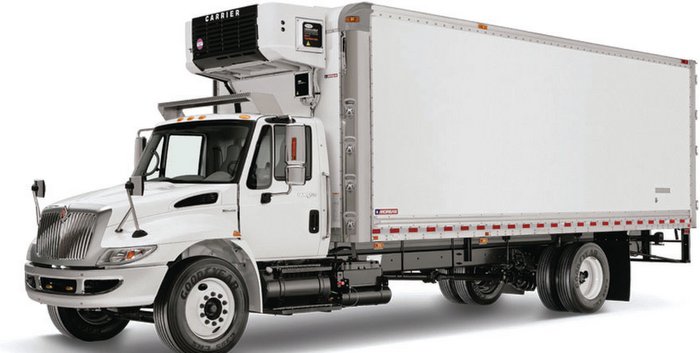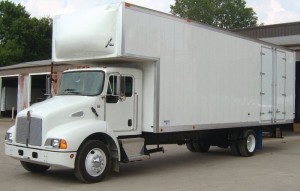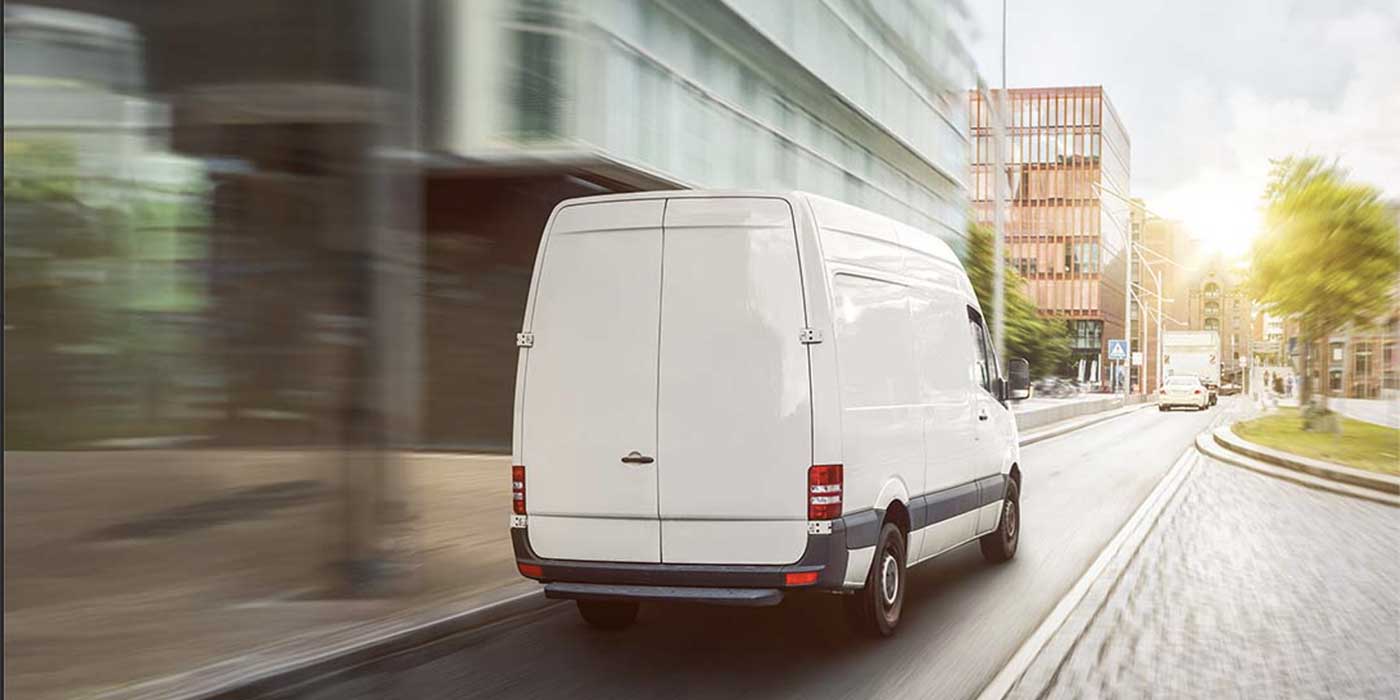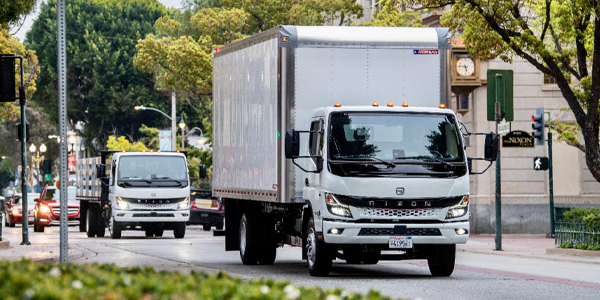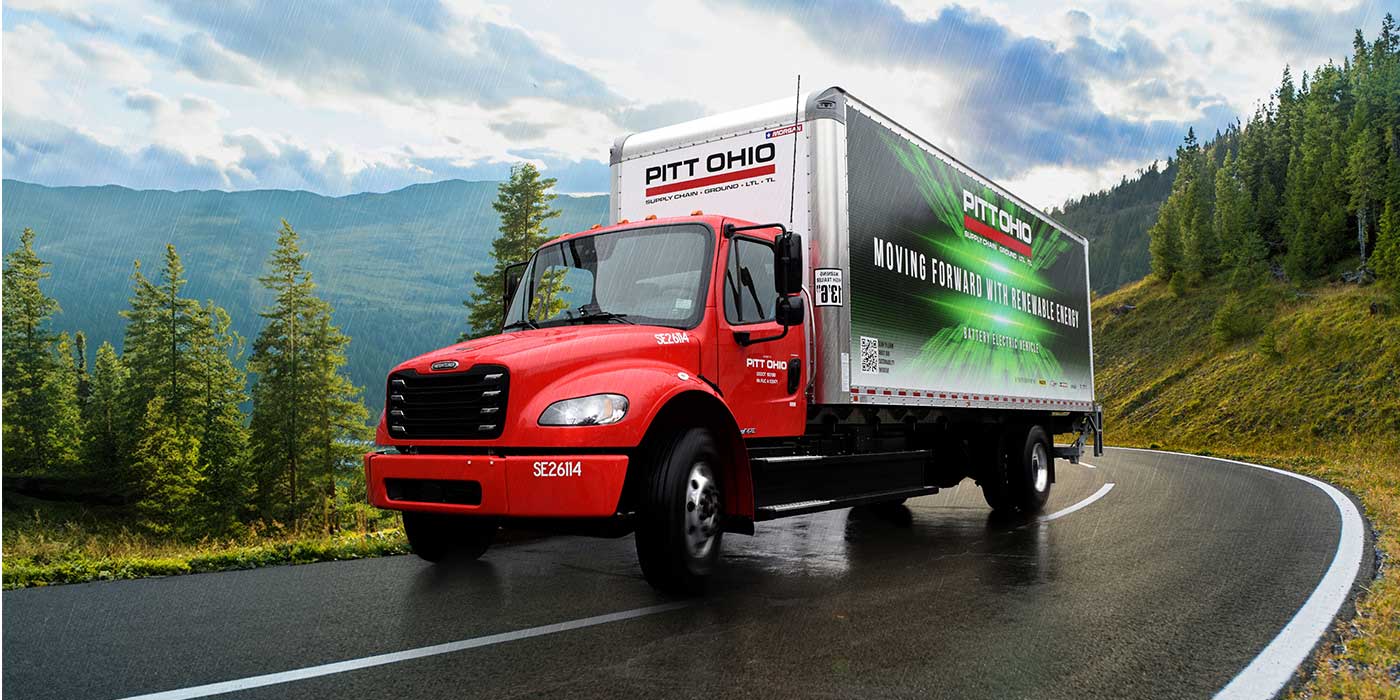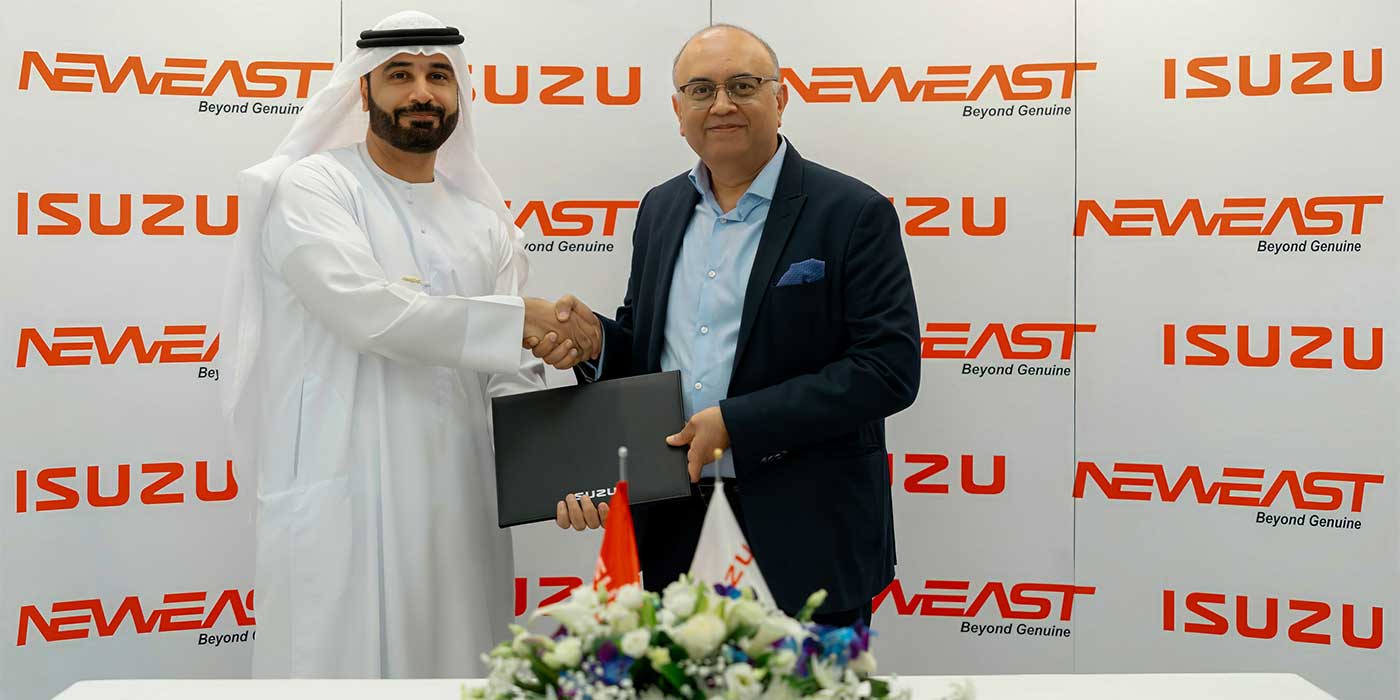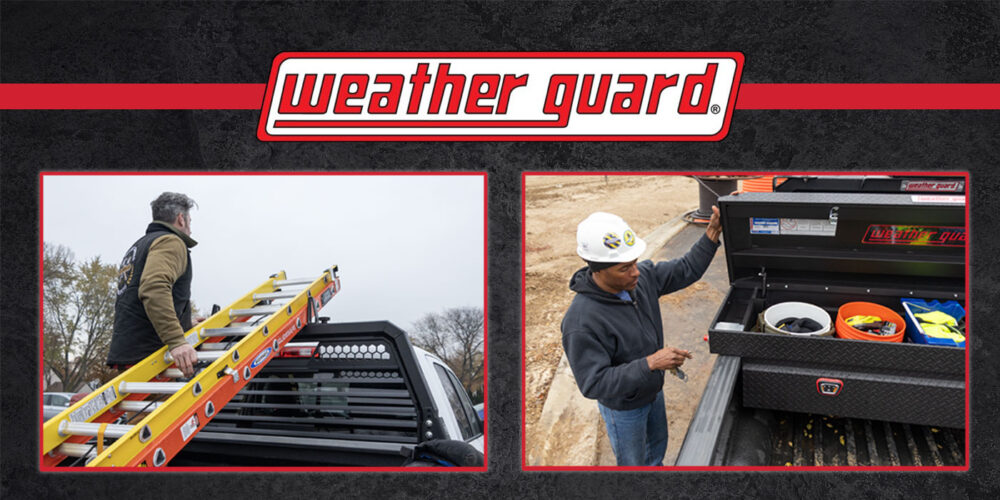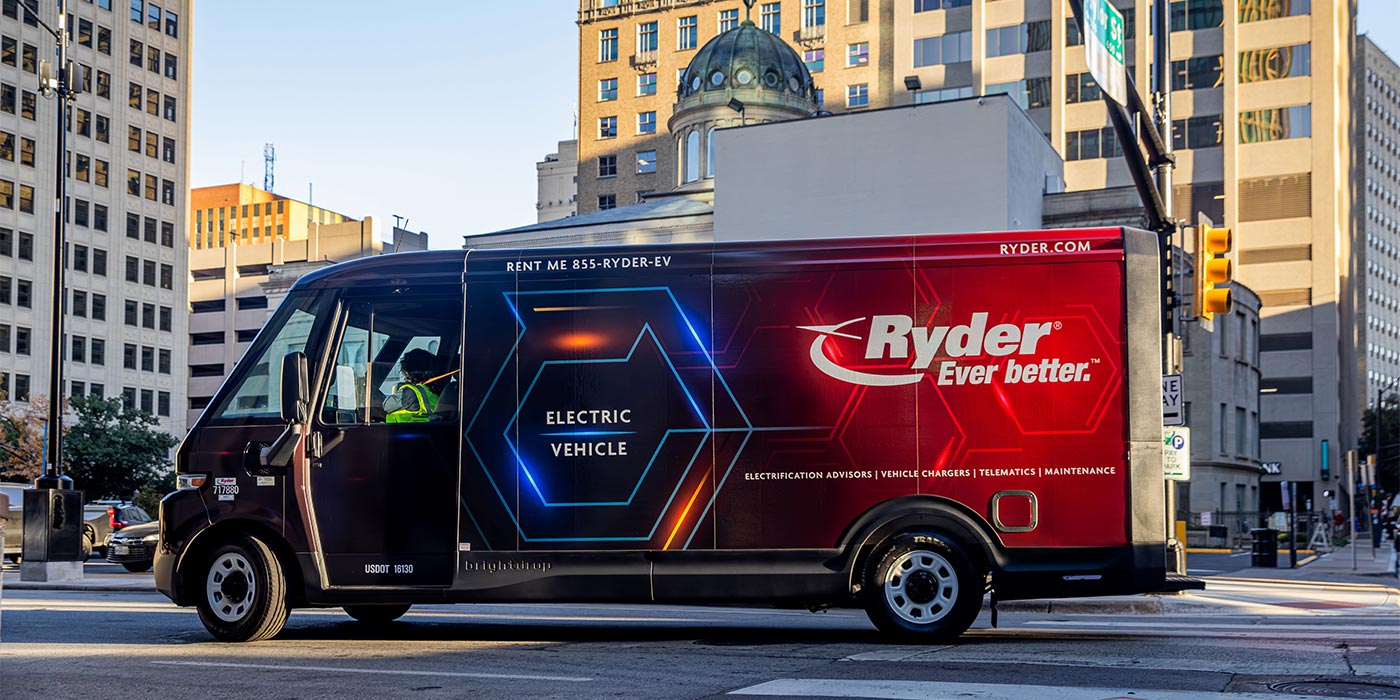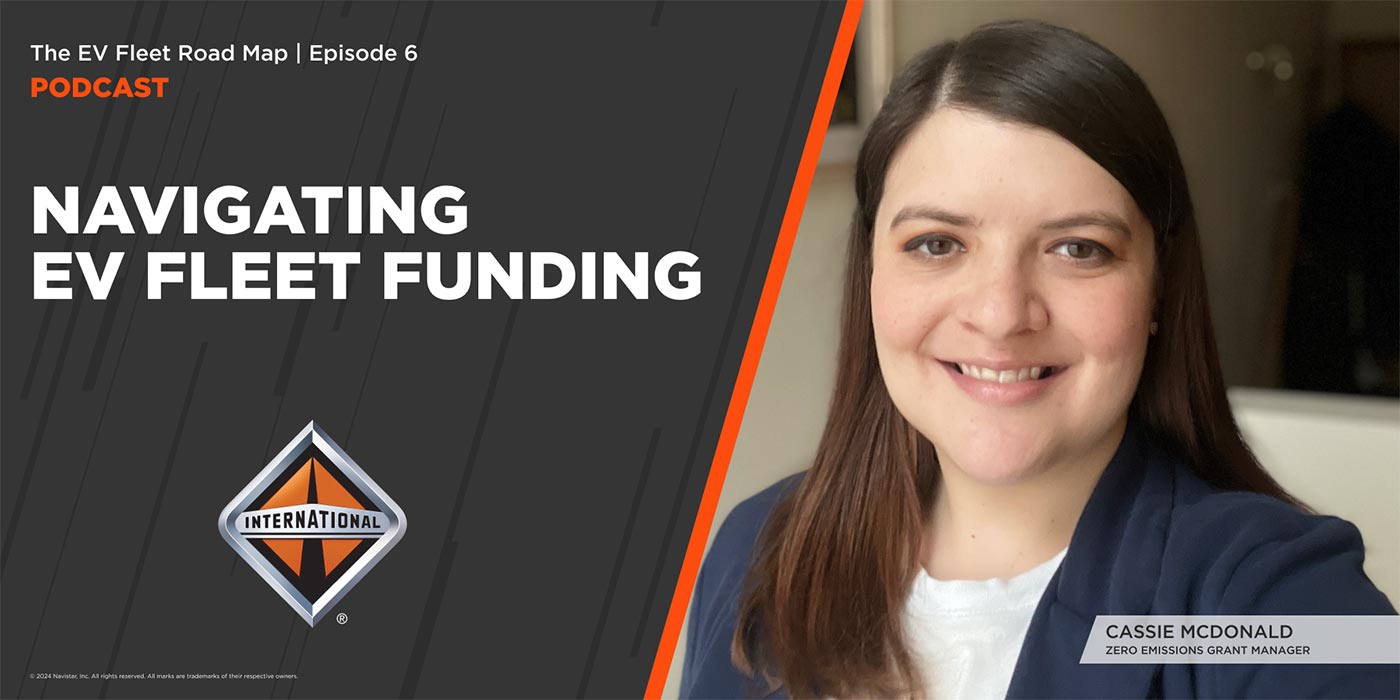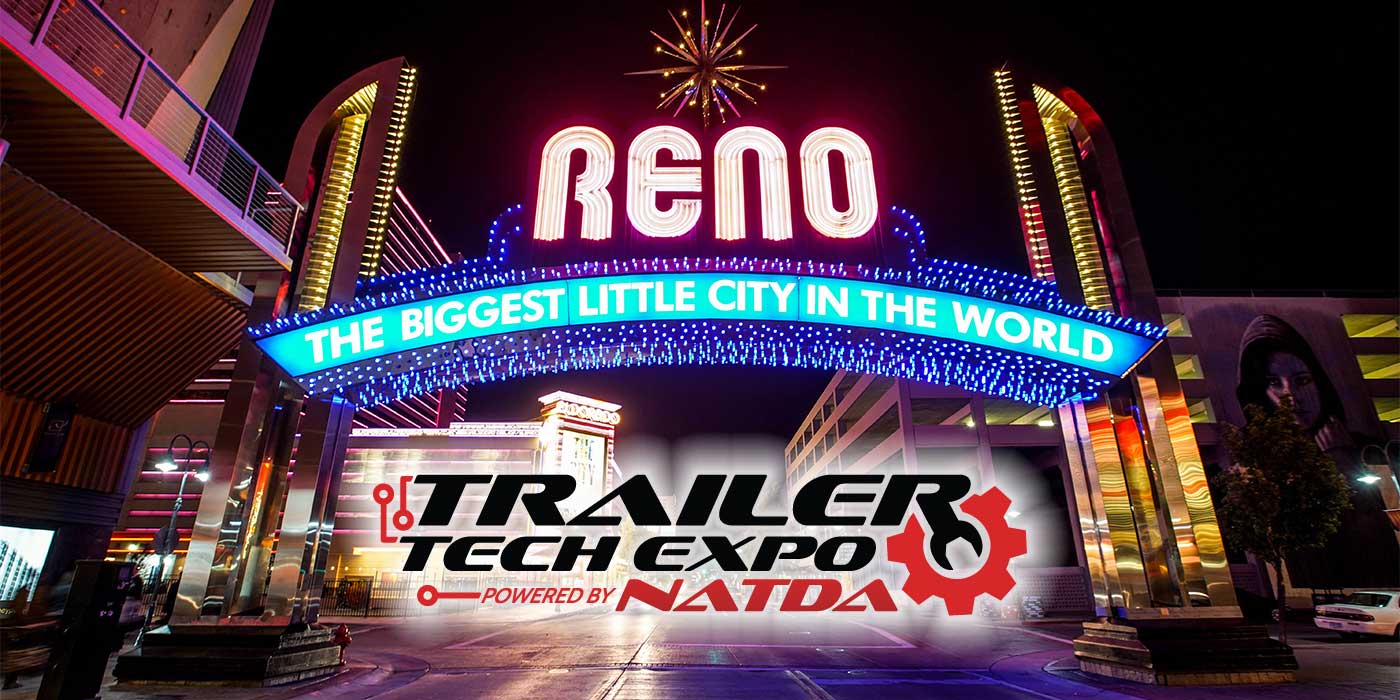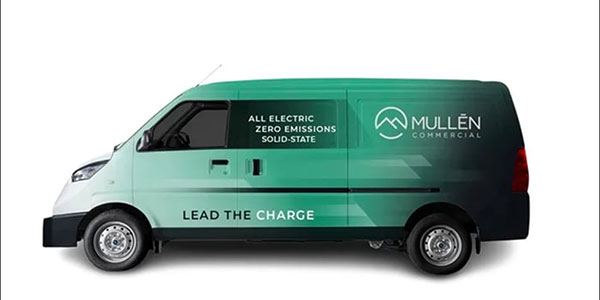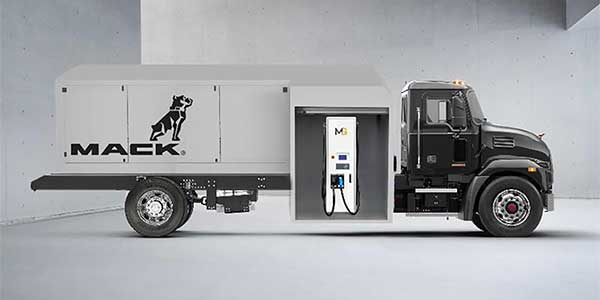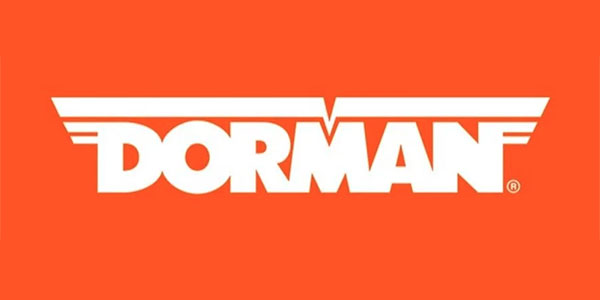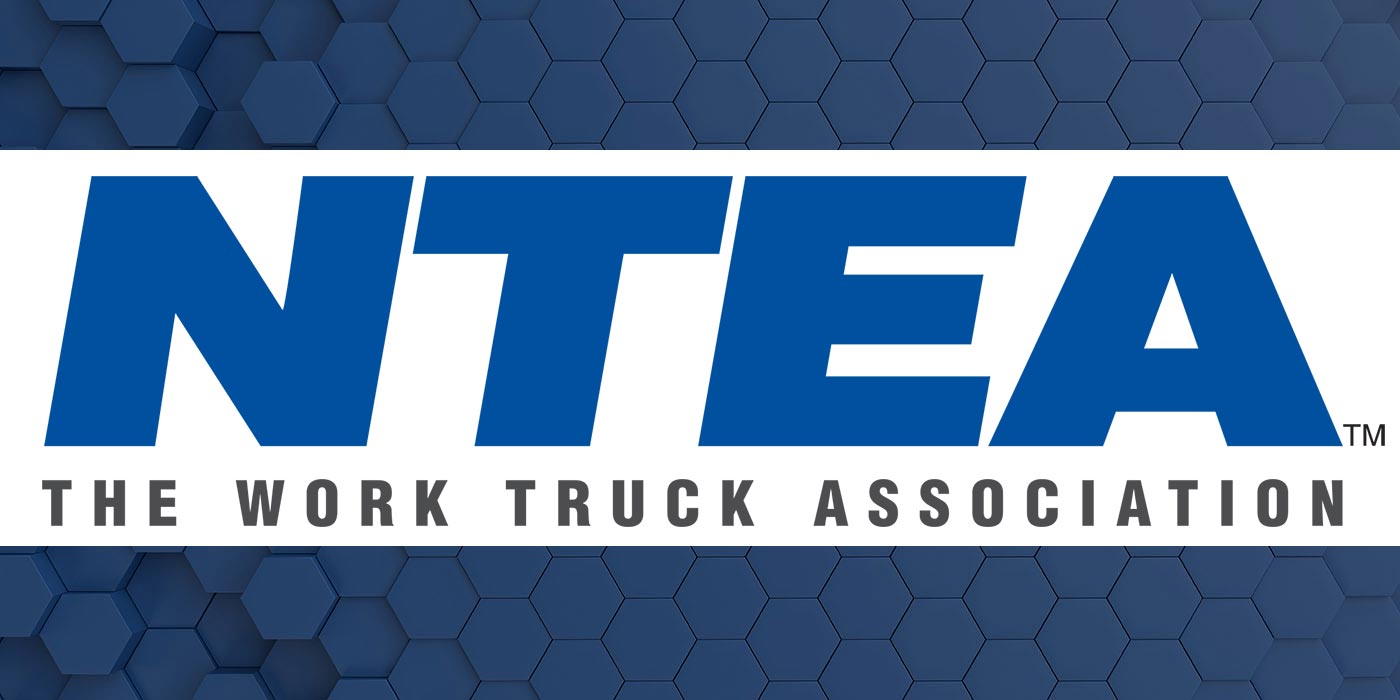“Understanding fleet needs is key to getting the truck you require,” says Eric McNally, vice president of sales for Reading Truck Body. “The right approach goes beyond just the right truck body. It takes into consideration work environments, operator safety and productivity, and ancillary equipment needs.”
“Deve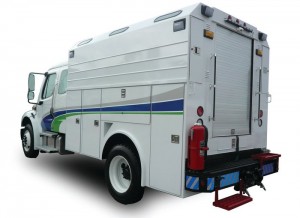 loping a specification to meet our customers’ needs is our primary goal,” says Jeffrey Caddick, chief executive officer and owner of Hercules Manufacturing Co. “When we’re working with a customer on specifications, our approach is to start out on the same path, which is to determine the customer’s application needs and then develop specifications that are cost effective, efficient, have longevity and keep the driver’s safety in mind.
loping a specification to meet our customers’ needs is our primary goal,” says Jeffrey Caddick, chief executive officer and owner of Hercules Manufacturing Co. “When we’re working with a customer on specifications, our approach is to start out on the same path, which is to determine the customer’s application needs and then develop specifications that are cost effective, efficient, have longevity and keep the driver’s safety in mind.
“In some cases,” Caddick adds, “the customer has a well-defined application and knows what it needs. In other cases, the customer might have a legacy set of body specifications they have been using but have certain issues with those specifications that we can assist them in addressing. In still others, we are starting from scratch in developing specifications for an application.”
Plan ahead
“Specify standard options that meet your needs because custom options generally cost more and take longer to get,” advises Marlin Hacker, manager of new product development at Morgan Corp. “Also important is to identify your requirements by reviewing the products your trucks carry and your logistics processes, and consider feedback from route drivers to improve efficiency and safety. Additionally, don’t over spec, but plan ahead by being aware of any future needs or potential regulation changes.”
Larry Adkins, Wabash National Corp.’s product applications manager, provides a checklist of things to consider when spec’ing truck bodies. Included are application requirements such as operating parameters like loading methods and duty cycles, as well as payload capacity. He also points out that it’s important to know chassis specifications and expected body lifecycles, including whether they will be used on multiple chassis. Also on his list are body interior and rear opening dimensions, rear and side door requirements and the need for steps, ramps and lift gates, cargo restraint systems and safety systems such as rear view cameras.
Information supplied by Reading Truck Body breaks down the process of determining truck body needs. “Buying more chassis than you need wastes money on components and fuel, while going too light—the more common error—imposes excess wear and tear on the truck, decreases productivity and can lead to premature breakdown,” the company notes. “You can avoid those costly mistakes by conducting a thorough needs analysis before you begin the specification process.”
To get started, Reading advises that fleets find out the following:
- The tasks your truck needs to perform: Estimate the percentage of time typically devoted to each task and spend some time observing your trucks at work to confirm that you have an accurate picture of how a body will be used, how much time the truck spends on the road and how frequently it stops.
- Where and how materials and people move through the truck body: If drivers need access to the cargo space from the cab, from the curb or from the back of the truck, for example; if they enter and exit frequently; and if equipment, bulk materials or palletized goods will be moved in and out of the body.
- Where the truck will operate: Whether it’s on highways, suburban or city streets, unimproved road surfaces, in snow or mud, or over steep terrain.
- The fleet’s gross vehicle weight rating (GVWR) needs based on everything the truck will need to haul, including the weight of cargo, equipment, drivers and fuel by actually loading a current truck and weighing the vehicle to avoid losses in productivity and excess wear from specifying a chassis that’s too light for your operation’s needs.
- Whether any specialized equipment will be needed: racks; hoists; cranes; or storage systems based on the cargo you will be carrying and how it should be accessed.
- The regulations governing vehicle operation in the states where your trucks will be used.

